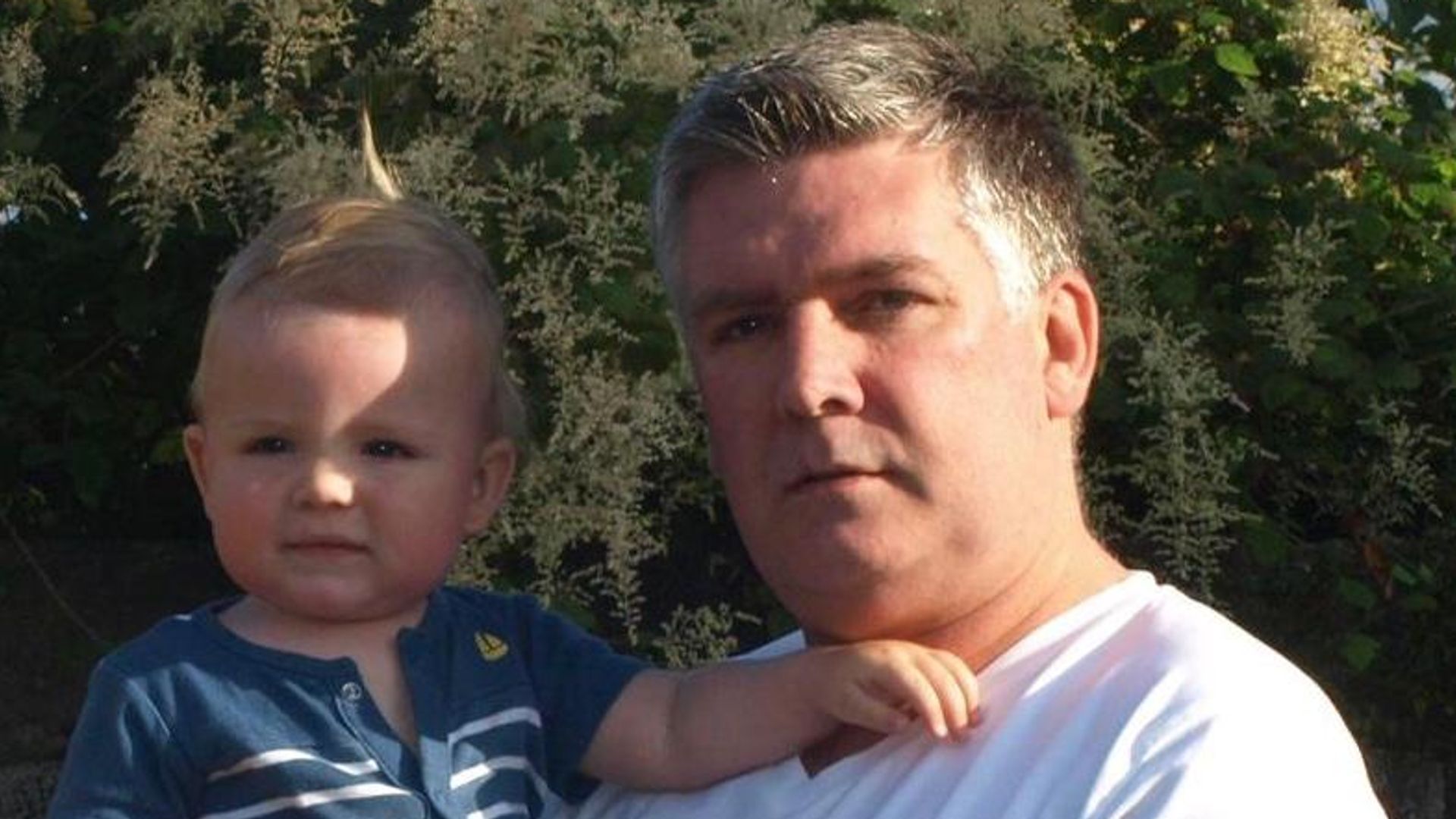
Residents in the remote town of Jackman, with fewer than 800 residents and located an hour’s drive from the nearest hospital, have access to emergency medical care overnight now with the help of on-site paramedics and physicians at a Bangor hospital.
Through a new program launched in April, on-call paramedics can provide care to people experiencing medical emergencies outside of business hours at the only clinic in the area with the help of doctors in the emergency room of St. Joseph Hospital, more than 100 miles away in Bangor.
It’s a setup that can ensure people in a remote part of Maine, less than 20 miles from the Canadian border, have access to medical care at all hours, often saving them lengthy and expensive ambulance rides to the nearest hospital either in Skowhegan or Greenville. The program also has the potential to be replicated in other remote parts of the state and country. Other remote communities in Maine and the U.S. have already shown some interest in it.
The program is a collaboration involving Penobscot Community Health Care, which runs the Jackman Community Health Center; the town of Jackman; St. Joseph Hospital; and Northeast Mobile Health Services, an ambulance service.
During the day, the local clinic operates as a primary care provider. After hours, trained paramedics work on-call to assess, treat and release people who need help but don’t need to go to the hospital, according to Rick Petrie, chief operations officer of North East Mobile Health Services and director of the Jackman project. Petrie also serves as one of the paramedics in the program when necessary.
“We need to continue to evolve the health care system and find more efficient and cost-effective ways to receive and seek care,” said Dawn Cook, vice president and chief operations officer for Bangor-based PCHC. “The old system isn’t sustainable and creates disparities among rural and urban patients.”
Since the program launched, the five paramedics involved have addressed about 120 patients both during business hours and after-hours.
“In the first month, 54 percent of the time we were able to treat a patient and send them home without transporting them to a hospital,” Petrie said.
When a paramedic assesses a patient in the clinic, they’re aided by an emergency room physician in Bangor using videoconferencing and equipment that allows the physician to see and hear exactly what the paramedic does. For example, the paramedics can use an otoscope with bluetooth, so when they look in a person’s ears, the physician in Bangor can see what the paramedic sees.
“The paramedic in that instance becomes the eyes, hands and ears of the ER physician,” Cook said.
Paramedics can also suture and dress deep wounds, use ultrasound and distribute medications approved by a remote physician.
For more pressing injuries and ailments, Petrie said patients can still be brought to the clinic to be assessed and given preliminary treatment if possible while arrangements are made to bring them to a hospital.
If someone breaks an arm, for example, a paramedic can put the arm in a temporary splint and give pain medication, but the patient would need to go to a hospital to receive an x-ray, surgery and a cast if necessary.
The ability to receive immediate care for even low-stakes emergencies can save patients from easily avoidable negative outcomes, such as a longer hospital stay, Cook said.
Before this program existed, Jackman residents received around-the-clock care through the clinic from one PCHC doctor and three medical assistants.
“We knew this wasn’t sustainable for their lifestyles or financially,” Cook said.
While there are no plans to recreate this program elsewhere, Petrie said other remote communities in Maine and the western U.S. have contacted him to ask about the program.
“The beauty of this is it can expand or contract based on need and can be moved to rural, underserved areas,” he said. “I’m really excited and I think there’s a phenomenal amount of potential.”











